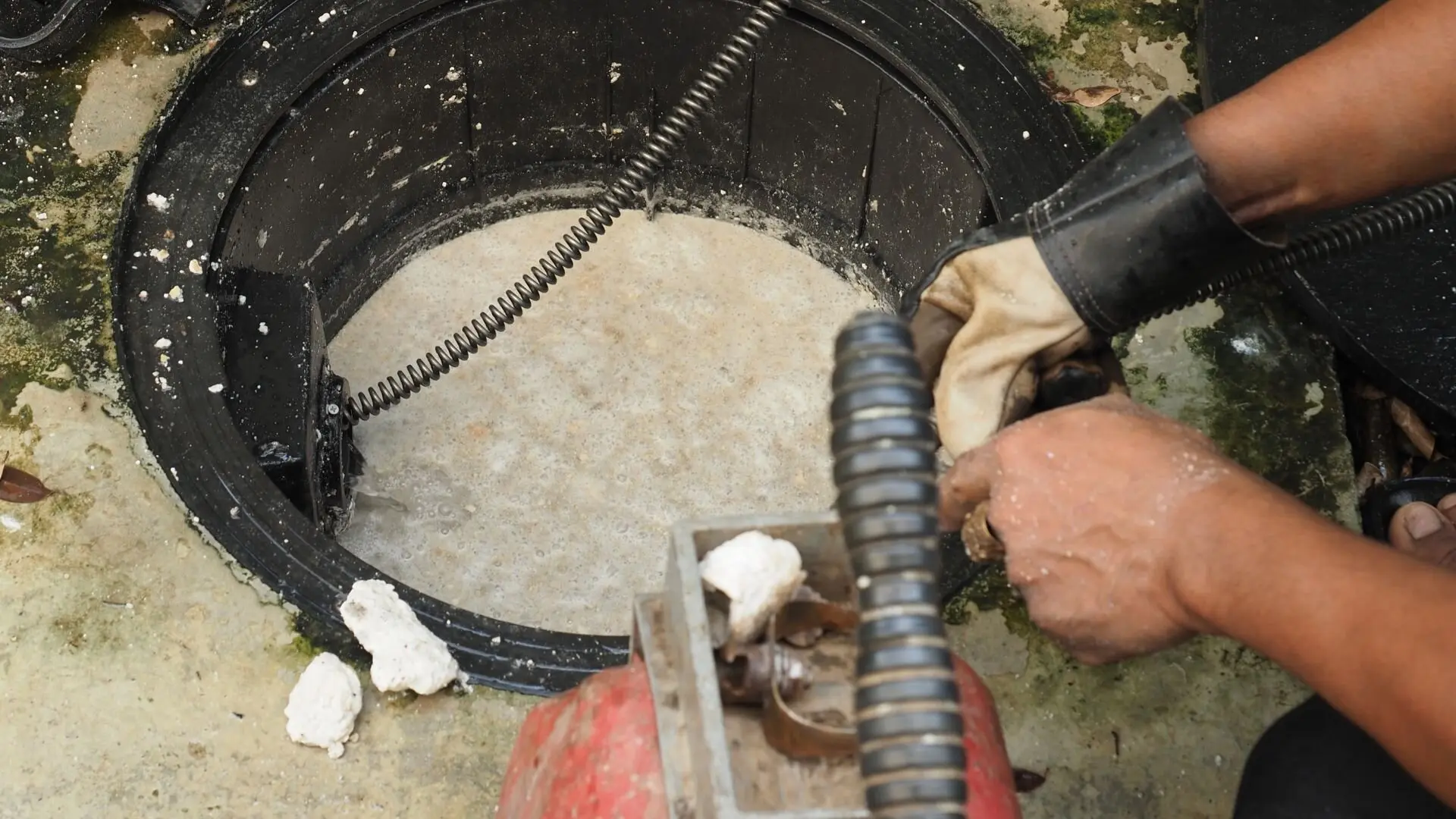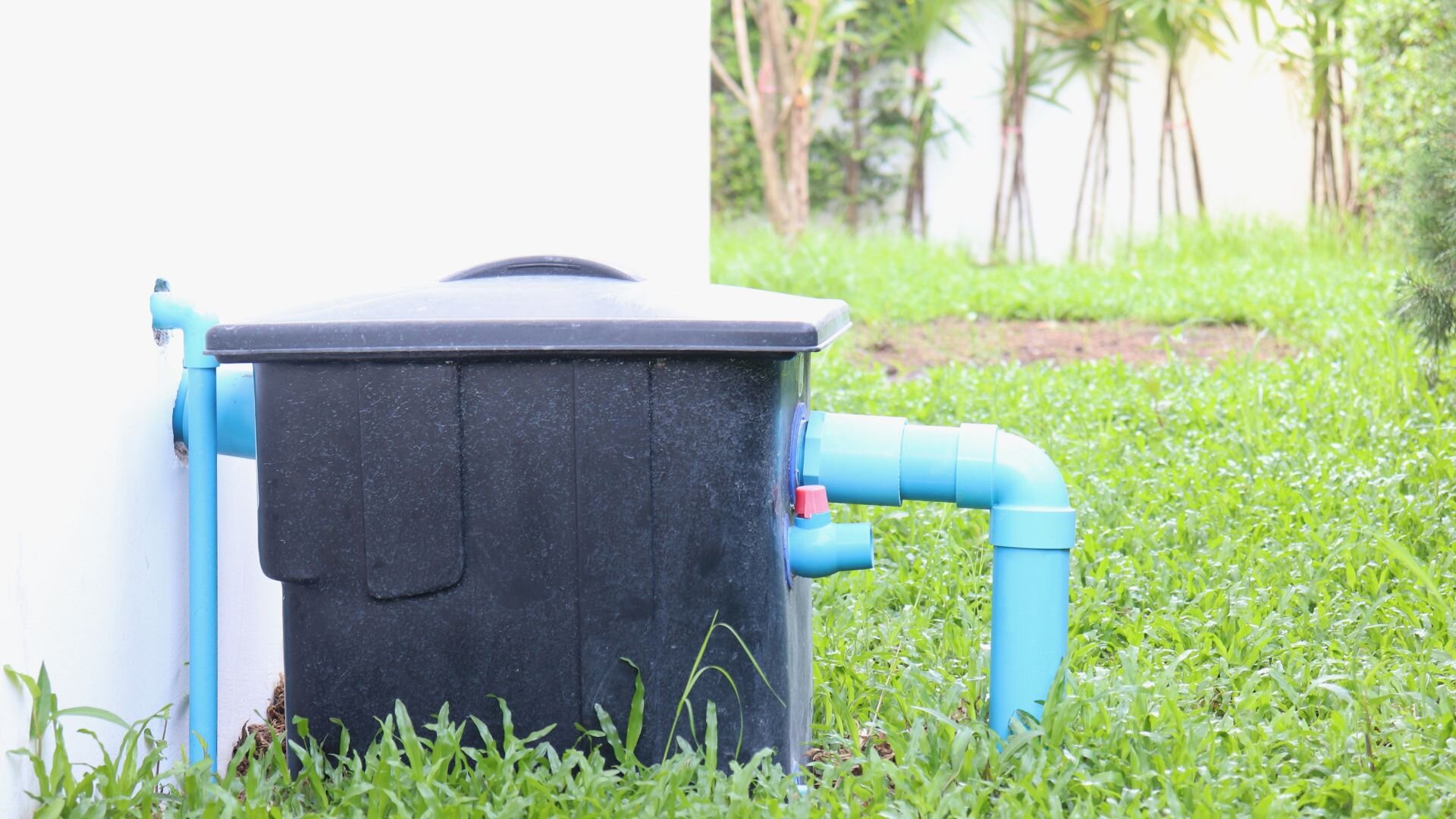Grease traps play a crucial role in both commercial and residential kitchens, effectively managing waste to ensure smooth operations and compliance with local regulations. These devices are essential for capturing fats, oils, and grease (FOG) before they enter the plumbing system, preventing costly blockages and environmental damage. Without a proper grease trap, kitchens face the risk of clogged drains, foul odours, and potential health hazards, all of which can disrupt daily activities and lead to expensive repairs.
This article aims to guide readers in selecting the right grease trap for their specific kitchen needs. Whether you’re running a bustling restaurant or cooking at home, choosing the right grease trap is essential for long-term kitchen health and functionality.
What is a Grease Trap?
A grease trap, also known as a grease interceptor, is a device designed to capture fats, oils, and grease (FOG) from wastewater before it enters the plumbing system. These substances, if not intercepted, can solidify and cause blockages, leading to costly plumbing issues and environmental concerns.

In your kitchen, grease traps work by slowing down the flow of hot, greasy water so it can cool. As the water cools, fats, oils, and grease (FOG) rise to the top, and heavier bits settle at the bottom. The cleaner water can then move out into the sewer system, while the grease and solids stay behind in the trap.
There are various types of grease traps, including passive grease traps, which rely on gravity and are typically used in smaller operations, and automatic grease removal units (AGRUs), which actively remove accumulated grease, making them suitable for larger, high-volume kitchens.
Knowing about these options gives you a better idea when picking the right grease trap for your kitchen.
Importance of Installing a Grease Trap
Grease traps are crucial behind-the-scenes players in the kitchen, safeguarding both your plumbing and the environment. Here’s how:
- Environmental Guardians: Grease clogs disrupt wastewater systems and harm aquatic life. Grease traps intercept fats, oils, and grease (FOG) before they enter the sewer system, preventing them from reaching waterways where they can suffocate marine creatures.
- Plumber’s Best Friend: FOG buildup in pipes leads to dreaded clogs and overflows. Grease traps act as a barrier, capturing FOG before it solidifies and restricts water flow. This translates to fewer headaches from drain blockages and costly repairs.
- Regulation Requirements: Many localities have regulations mandating grease traps for commercial kitchens. Non-compliance can result in fines and even business closure. Installing a grease trap ensures you meet these requirements and avoid unnecessary hassle.
In short, grease traps are a win-win. They protect your plumbing system, comply with regulations, and contribute to a healthier environment.
Factors to Consider When Choosing a Grease Trap
With various options available, selecting the right grease trap requires careful consideration. Here are key factors to ensure a smooth-running kitchen and environmental compliance:
1. Size and Capacity
Make sure the size and capacity of the grease trap match your kitchen’s daily water use and grease production. Often, local rules require a minimum capacity based on flow rate (gallons per minute, GPM). It’s wise to talk to a plumber to figure out your GPM and pick a trap with at least twice that capacity. Also, think about how greasy the food is on your menu—dishes high in fat might need larger traps to catch all the grease.
2. Material
Grease traps come in various materials, each with advantages:
- Stainless Steel: Durable, corrosion-resistant, and easy to clean, but more expensive.
- Concrete: Affordable and long-lasting, but bulky and requires professional cleaning.
- Polyethylene: Lightweight and cost-effective, but can be susceptible to damage from extreme temperatures or chemicals.
Choose the material that best suits your budget, durability needs, and space constraints.
3. Location and Installation
Grease traps can be installed under-sink, in-ground, or above-ground depending on space availability and plumbing layout. Under-sink units are compact but require frequent cleaning. In-ground and above-ground options offer larger capacities but need more space. Professional installation is crucial to ensure proper functionality and prevent leaks.
4. Maintenance Requirements
Regular cleaning of grease traps is a must to stop FOG from building up and to keep things running smoothly. How often you need to clean them hinges on their size, use, and type. Gravity traps need a manual clean, while automatic ones often have a self-cleaning function. No matter what kind you have, keep a cleaning routine to prevent blockages and environmental issues.

Keep Your Kitchen Running Smoothly
Choosing the right grease trap for your kitchen is essential to prevent costly clogs and ensure efficient waste management. By considering factors like flow rate, local regulations, and your kitchen’s specific needs, you can find a trap that effectively captures grease while keeping your plumbing system running smoothly.
If you’re in search of expert advice on picking or installing a grease trap, get in touch with Fixed Today. Our expert plumbers are ready to guide you through the process and ensure you find the perfect fit for your kitchen. We also offer top-notch services for grease and fat blockages to keep your drainage system in peak condition. For a spotless and smooth-running kitchen setup, contact us at Fixed Today!
FAQs
How do I choose the right size grease trap?
Consider the size of your kitchen and the amount of grease produced. Calculate the flow rate of wastewater and choose a grease trap that can handle at least 50% more than your maximum flow rate.
What types of grease traps are available?
You’ll find passive grease traps that rely on gravity to do the job, and automatic ones that use technology for better efficiency and easier maintenance.
How often should a grease trap be cleaned?
Regular maintenance is crucial. Depending on usage, grease traps should typically be cleaned every 30 to 90 days to prevent buildup and maintain efficiency.
What are the maintenance requirements for grease traps?
Maintenance involves regularly removing accumulated grease and solids, inspecting for leaks, and ensuring all components are functioning properly.
Can I install a grease trap myself?
Installation should be done by a licensed plumber familiar with local plumbing codes to ensure proper function and compliance with regulations.
How can I ensure my grease trap meets local regulations?
Consult local authorities or a professional plumber to understand specific requirements for grease trap installation, maintenance, and compliance with environmental regulations.
Where should a grease trap be installed in my kitchen?
Grease traps should be installed as close to the source of grease as possible, typically underneath sinks or dishwashers, to effectively intercept FOG before it enters the plumbing system.
What are the environmental benefits of using a grease trap?
Using a grease trap helps prevent FOG from contaminating local waterways, protecting aquatic ecosystems and ensuring environmental sustainability.
How long do grease traps last?
With proper maintenance, grease traps can last up to 20 years, though regular inspections and cleaning are essential to ensure longevity and efficiency.
Are there any alternatives to grease traps?
Some kitchen equipment may incorporate self-contained grease management systems as an alternative to traditional grease traps, offering different solutions depending on your kitchen’s needs.














